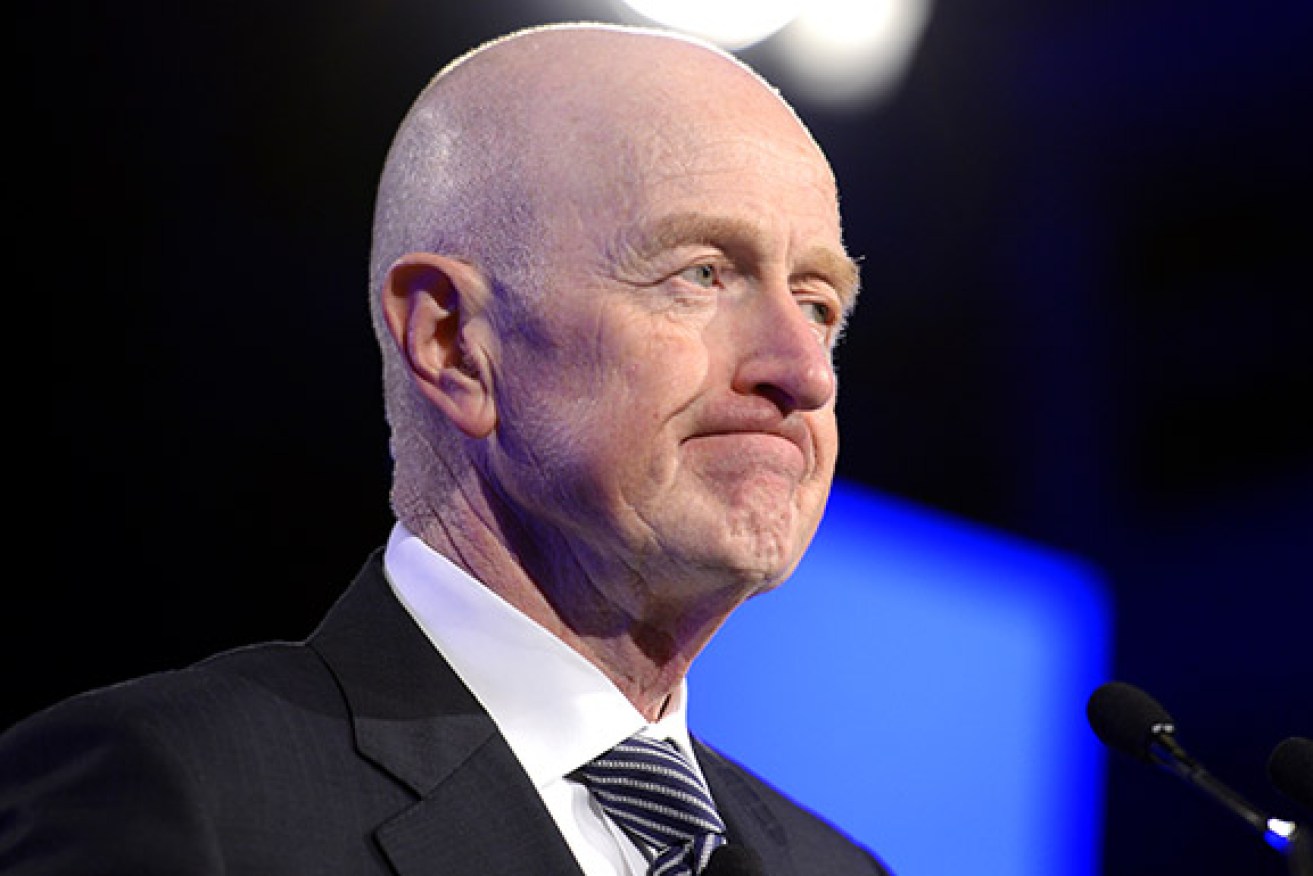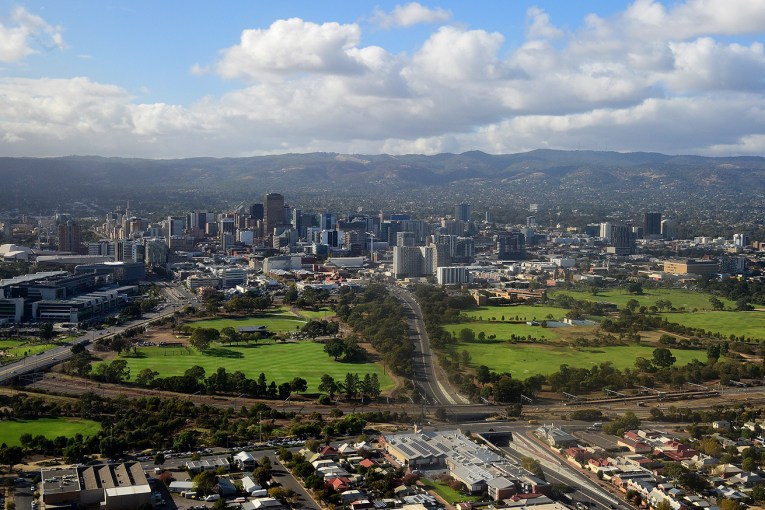Why the Reserve Bank is sitting on its hands


AAP
The Reserve Bank board is blowing on the faintest of embers this month, hoping against hope that a lick of flame will emerge in the economy before it meets to set the cash-rate target again on May 5.
Its decision to leave rates unchanged at its April meeting shocked some market watchers, but it is a lot more logical that it may seem at first glance.
In short, the stimulatory cash-rate it moved to at its February meeting – 2.25 per cent – needs more time to ignite economic activity and simply cutting again two months later may not have added much.
• Why Joe Hockey must stop treating us like idiots
• Eruption of common sense shows way forward on jobs
• The truth about how your money becomes mine
This is not textbook stuff. The theory goes that as credit becomes cheaper, both consumers and businesses can go ahead with marginal transactions that were just a bit too expensive before – yes, I’ll buy that new car, and yes, the car-yard owner will take on the extra staff member to deal with the up-tick in sales.
However, that mechanism is not working across the economy as it should. Fear has the upper hand, because bruised consumers don’t have to spend the extra money in their pockets when banks pass on rate cuts as lower mortgage interest rates.

Sydney and Melbourne property prices entering bubble territory. Photo: AAP
Rather than spend the money, many use it to deleverage further. Simply by maintaining their existing monthly repayments on their mortgage, home-owners can reduce the loan’s principal ahead of schedule – possibly to redraw it when they are more cheerful in future.
But they are not cheerful. When the boss announces pay rises that are below inflation, there is not a lot of joy to go around.
And so while some economists call for cut after cut, the RBA is mindful of two problems with doing so.
Firstly, even lower rates may not stimulate a scintilla of additional demand where it counts, and secondly, that it will almost certainly stimulate demand in the one area it is not needed – housing.
While the RBA does not have an explicit mandate to identify and head off housing bubbles, it does have a mandate to keep inflation within the 2 to 3 per cent range over the long term.
So while the RBA should not be too worried per se about Sydney and Melbourne property prices entering bubble territory, it does need to keep an eye on the prospect that a property implosion would damage confidence far more than even the Coalition’s bungled first attempt at budget reform last May.
And what would the RBA do if confidence tumbled on the back of a burst housing bubble? Cut and cut and cut again … but only if it had room to do so.
That’s why, though bubbles aren’t strictly part of its mandate, it needs to keep Australia’s delicately balanced private debt stock at roughly the same level.
By cutting rates in April – or possibly in May for that matter – it risks sending house prices and credit growth into the stratosphere, where like a weather balloon they just have to burst. And if that happened, almost all of its monetary stimulus powers would have already been used up.

The RBA sees the dollar as likely to fall against the US dollar even in the absence of a cut.
Although futures markets are currently pricing a rate cut in May as a near certainty, that may change in the weeks ahead, especially as the RBA sees the dollar as likely to fall against the US dollar even in the absence of a cut.
Moreover, the little birdies that hop between the Treasury and the RBA boardroom may be passing on signals that are still secret from journalists – perhaps indicating that the Coalition really has changed its mind about running contractionary fiscal policy when the economy is weak.
We shall know in May – first when the RBA cuts – or does not cut – rates on May 5, and secondly when Treasurer Hockey unveils the new-look budget.
These are dangerous times for the Australian economy. The mechanism of monetary stimulus is all but broken and RBA governor Glenn Stevens, and the board he leads, will be keenly aware of their role in maintaining stability.
Rate cuts, in theory, remain a good idea. But in practice the RBA is watching over an economy in which consumers are still bruised by the GFC events of six years ago, where private debt stocks are too high, where investor activity in housing seems almost oblivious to long-run risks, and in which the real direction of government fiscal policy is still unclear.
In such an environment, sitting on one’s hands and gently puffing on the embers of economic growth may be the best the Reserve Bank can do.








